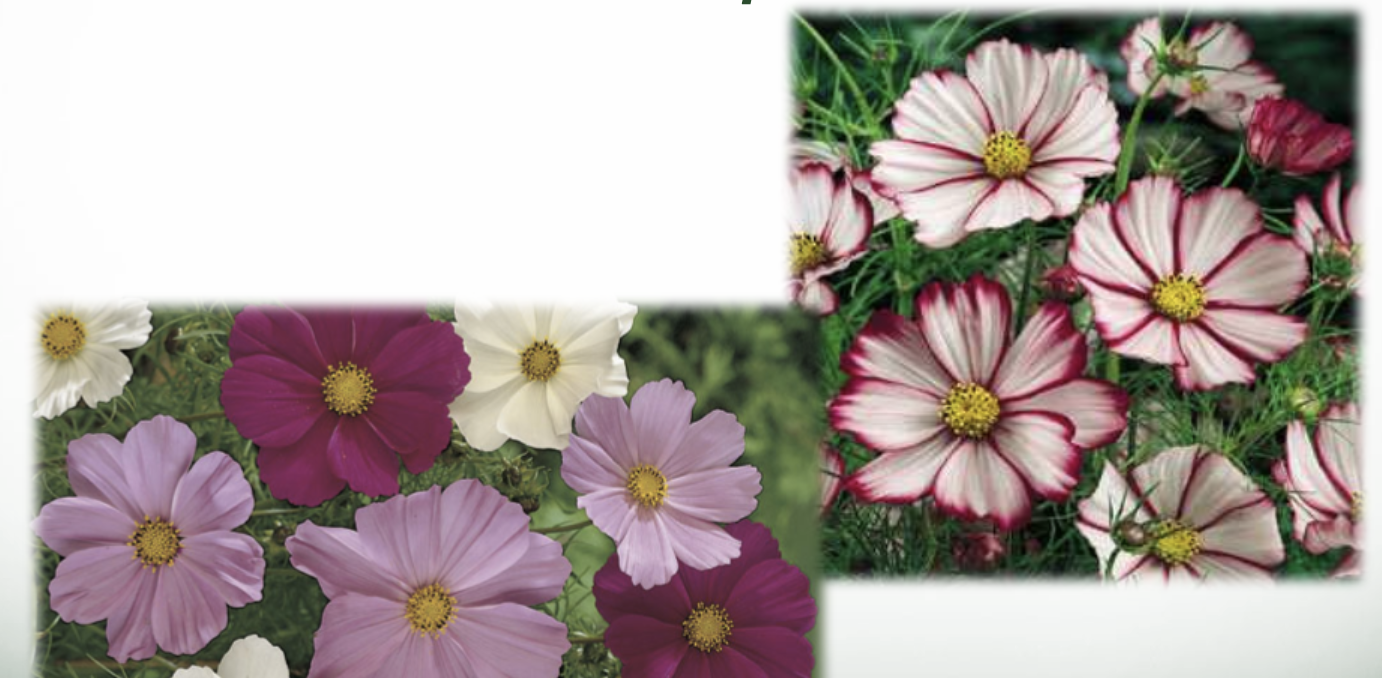exam 2 herbaceous
1/38
There's no tags or description
Looks like no tags are added yet.
Name | Mastery | Learn | Test | Matching | Spaced |
|---|
No study sessions yet.
39 Terms
goals for new plants in plant trialing
flower colors, varigation, flower forms, heat tolerance, cold hardiness, fragrance, drought tolerance, flood tolerance, disease resistance
how many species are left to be discovered?
20-30% flower species to be discovered
cultivar development (selection)
asexually propogating, seed collected from selected locations or parents, cloning superior types
breeding practices
tissue culturing, traditional breeding,
landscape plant development
open pollination, traditional hybridization
traditional breeding timeline
year 1: make crosses, harvest seed, satisfy seed. year 2: grow seedlings, apply treatments, select plants. year 3-6: plant in larger pots, perennials in containers and annuals in greenhouses. year 6+: plant seedling nursery, select plants. year 10: plant in first test bed, begin collecting data. year 12: move to advanced trials, continue collecting data. year 13: regional/national trials. year 15+: cultivar status
do woody or herbaceous plants go through the breeding process quicker or slower?
woody is slower, herbaceous is quicker
what happens during the last 5 years of traditional breeding research?
genetic and physiological research, cold, drought, disease, pests
csu trial gardens
initiated in 1974, self-supporting activity, one of the top university trials in the US, 25 advisory board members, supported by entry fees
climate of csu trial gardens
5000 feet elevation, 5b (-15 to -10), high light intensity, about 15 in precipitation, highs in summer about 85, lows in winter about 34
irrigation of csu trial gardens
0.5”, 1.0”, 1.5” 2 or 3x a week, pots in the sun get 45min 2x a day, pots in the shade get 30 min 2x a day
fertilization csu trial gardens
preplant: ground beds get 14-5-5, containers get osmocote 14-14-14. growing season: 200ppm 20-10-20 twice a week in the first month and then 200ppm 14-4-14 for the rest
maintenence csu trial gardens
minimal pesticide application, deadheading
data collection csu trial gardens
monthly photos, height and width measurements, evaluations in september, determine best ofs, full report in october
csu perennial trial gardens
1997, plants trialed for 3 years, irrigated 1.5” a week
Begoniaceae Begonia xtuberhybrida tuberous begonia
zone 8-10. known for vibrant, showy flowers. thrive in indirect light (shade tolerance). can be grown in pots, hanging baskets, beds. very susceptible to root rot / overwatering. frost sensitivity
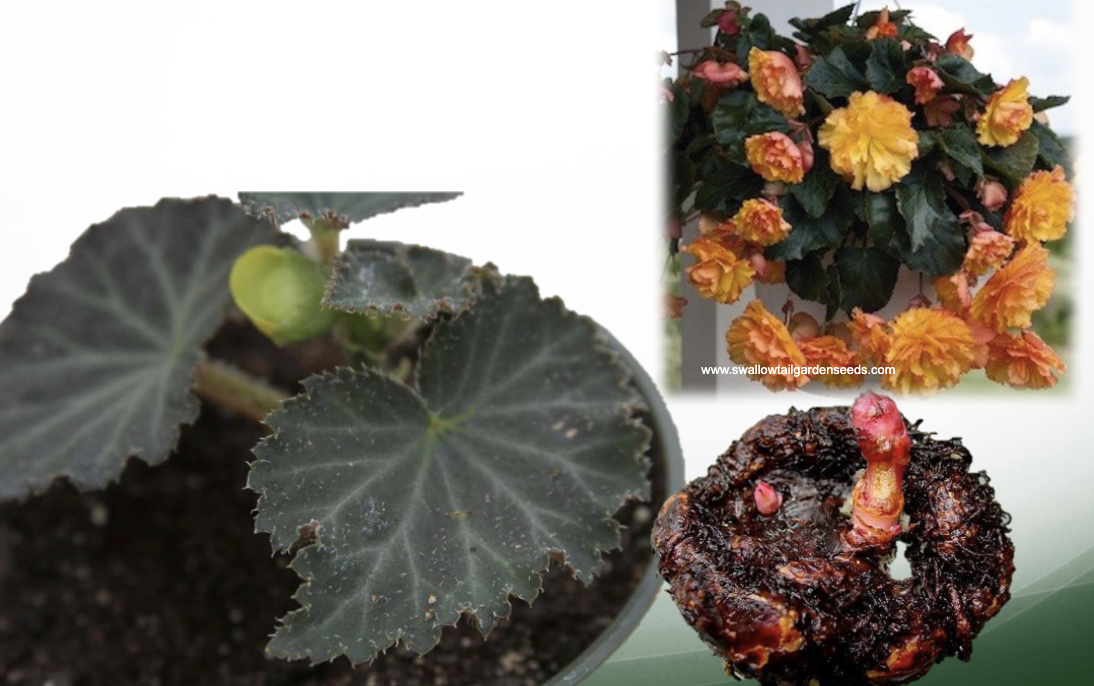
Tropaeolaceae tropaeolum majus nasturtium
native to south america, zones 9-11. edible, attract beneficial insects, deter pests, companion planting. spreading habit, can act as a good ground cover
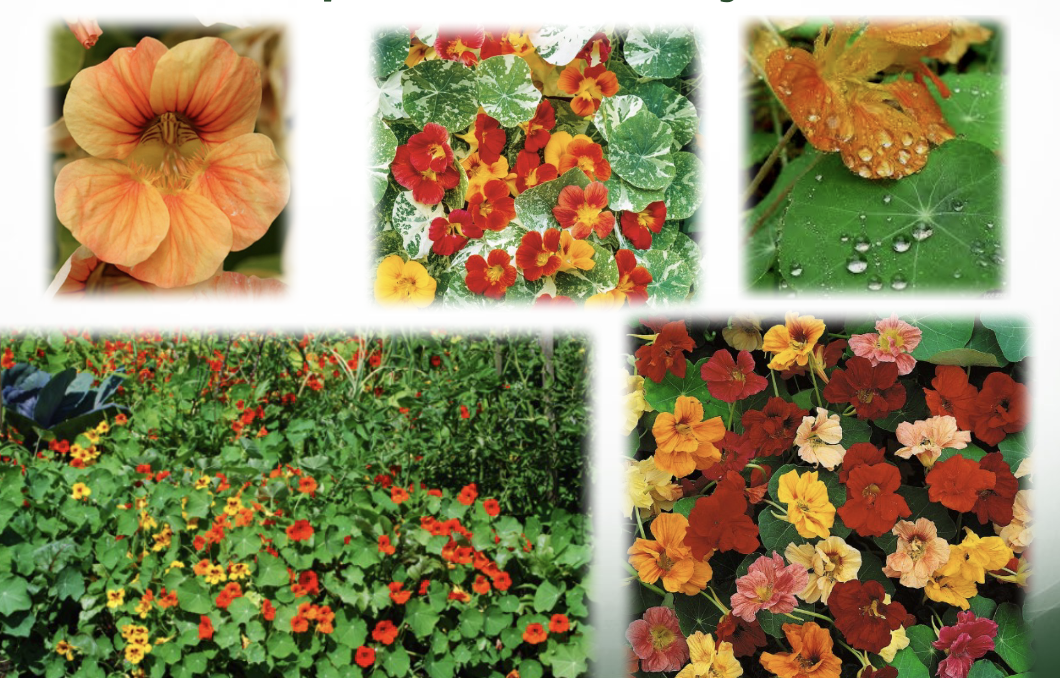
brassicacae brassica oleracea ornamental kale
native to north africa and europe. annual. massing habit. can bolt and provide winter interest. long lasting color during the winter, technically edible, unique texture
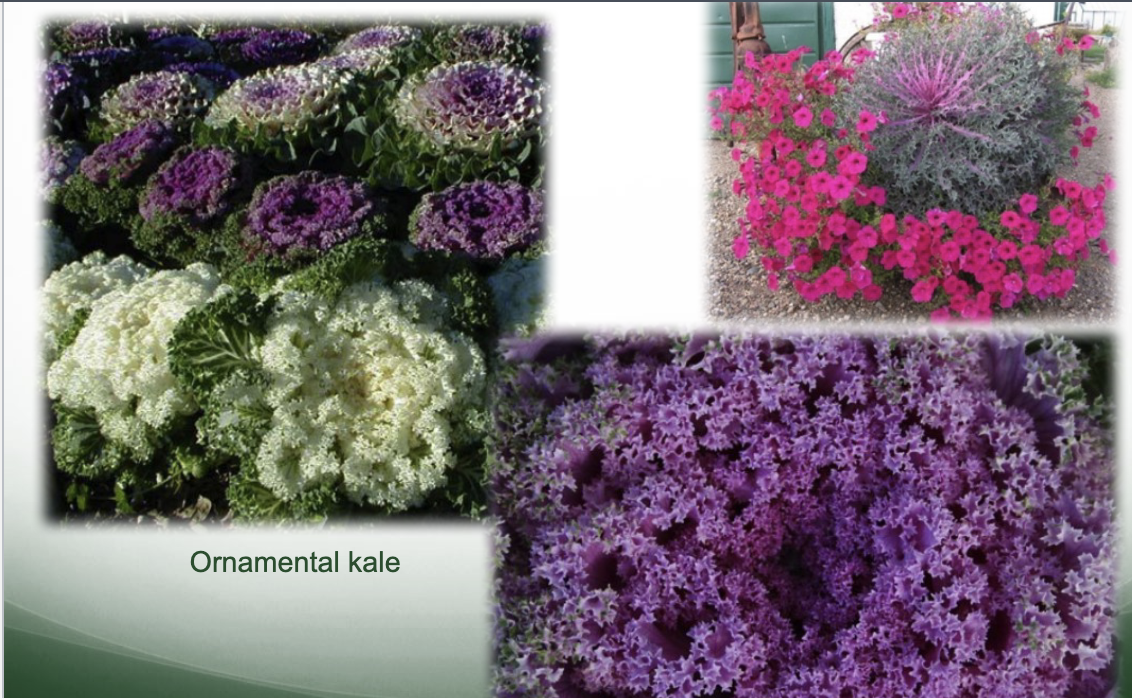
apocynaceae mandevilla hybrids mandevilla vine
native to brazil, zones 9-11. climbing habit. its fast-growing, twining stems wrap around supports to grow upwards. blooms from summer until frost, adding vertical color to a landscape, tropical plant
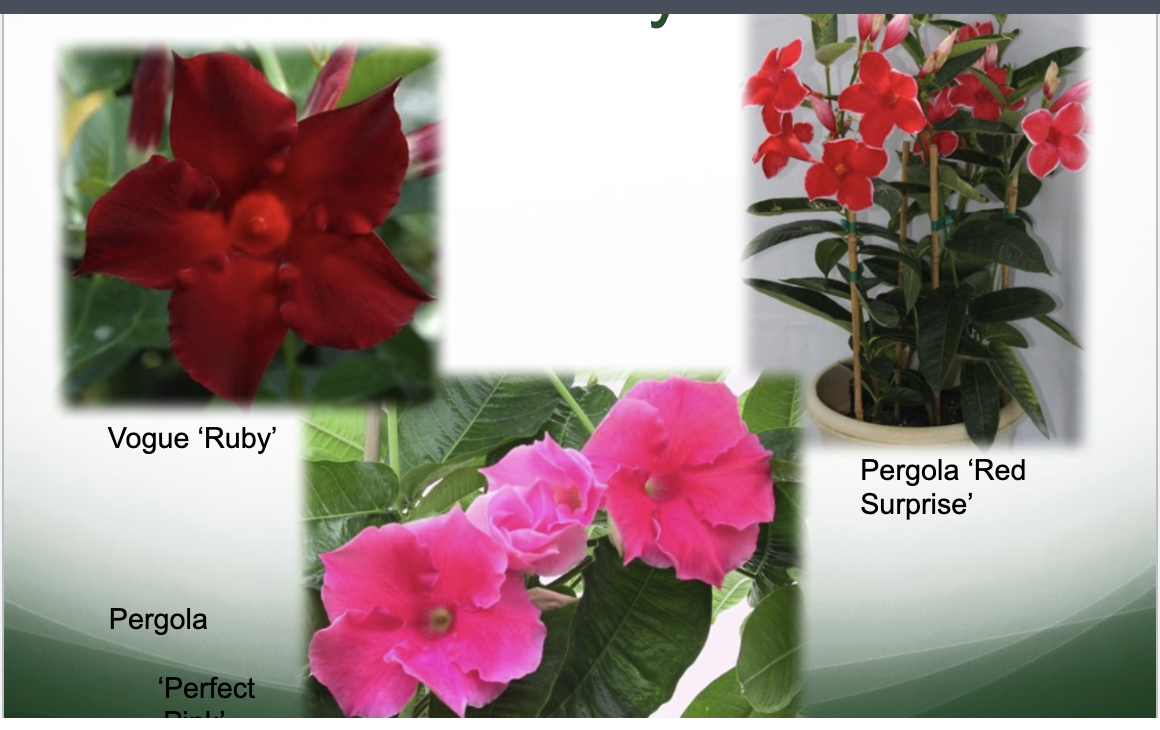
myrtaceae eucalyptus hybrids ornamental eucalyptus
native to southern australia, zone 8-11. grown for unique color, evergreen leaves, fragrance, can be pruned to suit many garden sizes, can be used as trees/hedging/screening. drought tolerant.
Campanulaceae lobelia erinus lobelia
native to south africa, zone 10-11. good for edging or cascading in hanging baskets / containers.
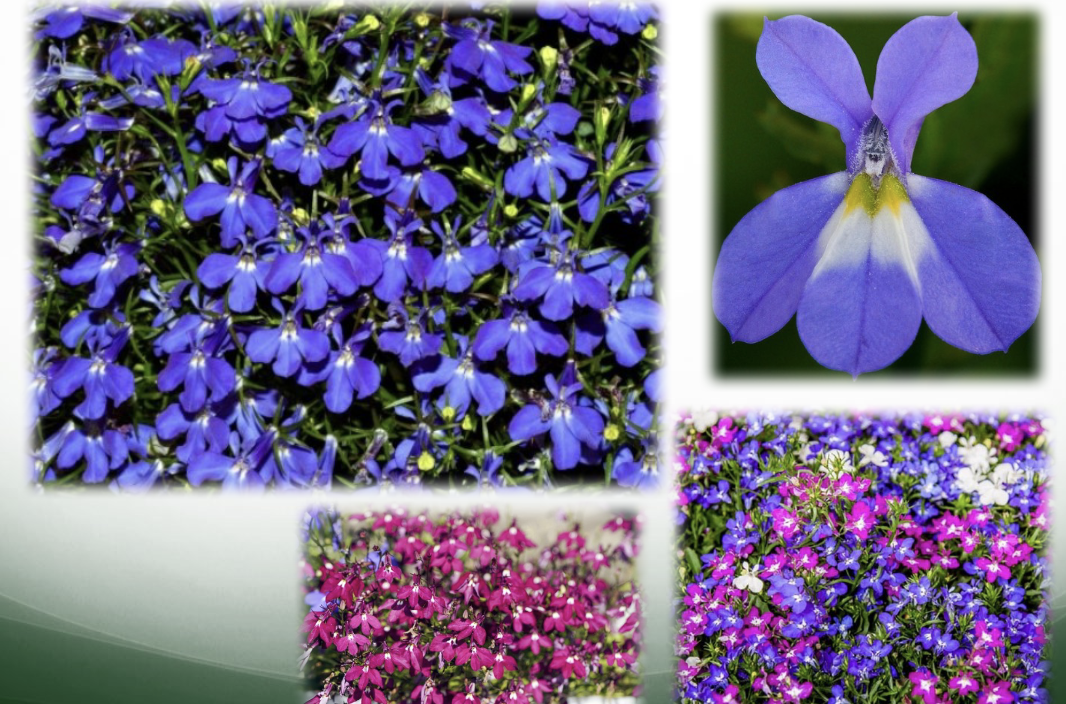
asteraceae bidens ferulifolia bidens
native to north america, zones 9-11. grow in a variety of colors, heat and drought tolerance, grown in containers/hanging baskets/ground. attracts pollinators
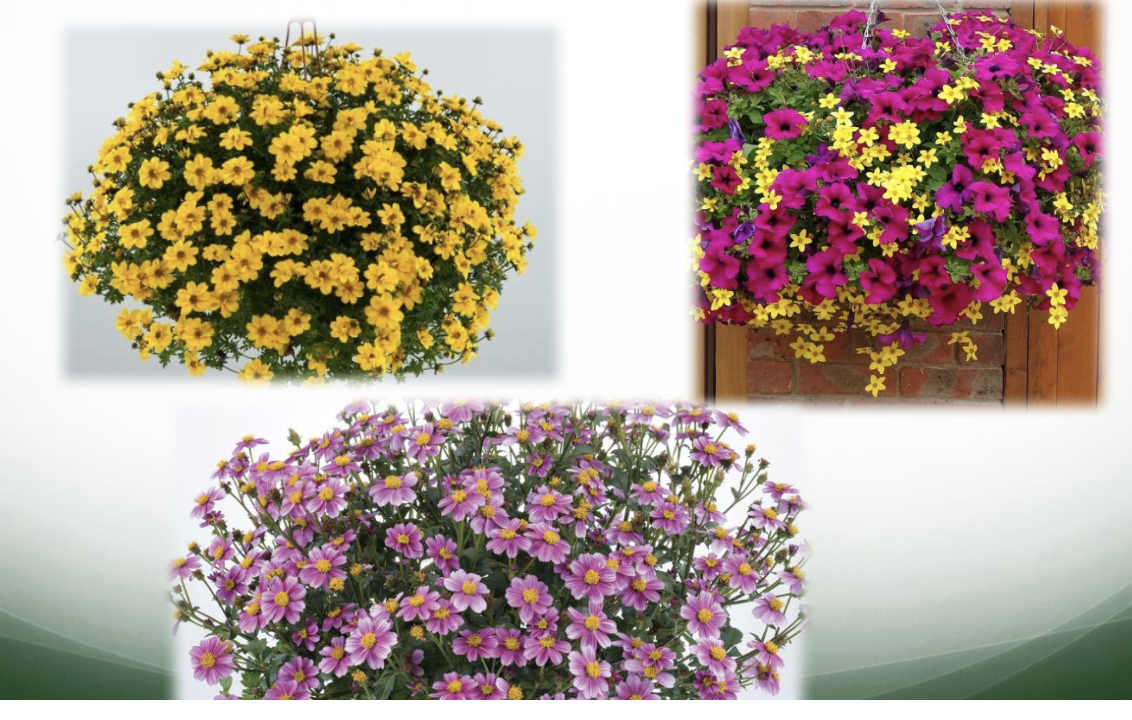
asteraceae tithonia rotundifolia mexican sunflower
native to mexico and central america, zones 2-11. pollinators. drought tolerant, full sun.
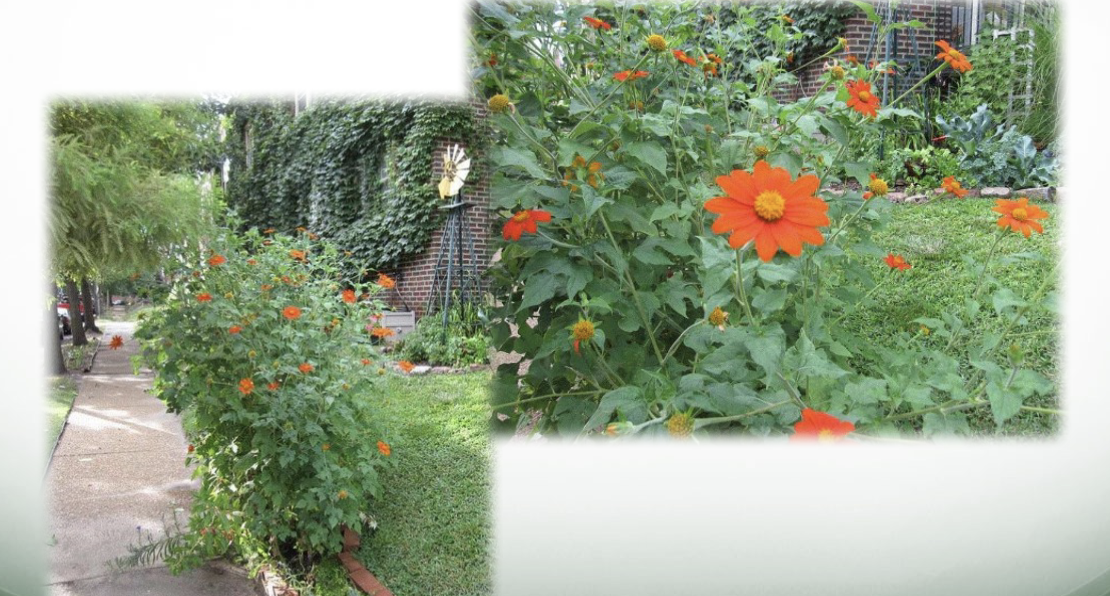
lamiaceae lavendula angustifolia lavender
zones 4-5, native to the mediterranean. grown for scent, medicinal properties, drought tolerance, bushy growth habit, attracts pollinators, evergreen, full sun
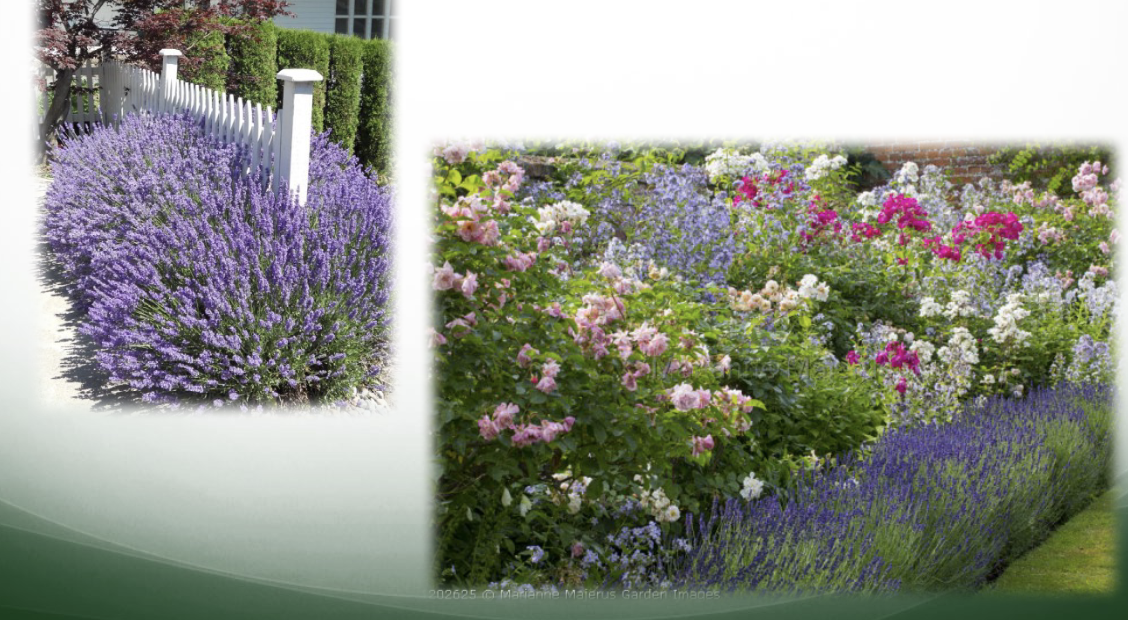
brassicaceae lobularia maritima sweet alyssum
native to the mediterranean, zones 5-8. sweet fragrance, low growing spreading habit, pollinators, young flowers/leaves can be used in salads
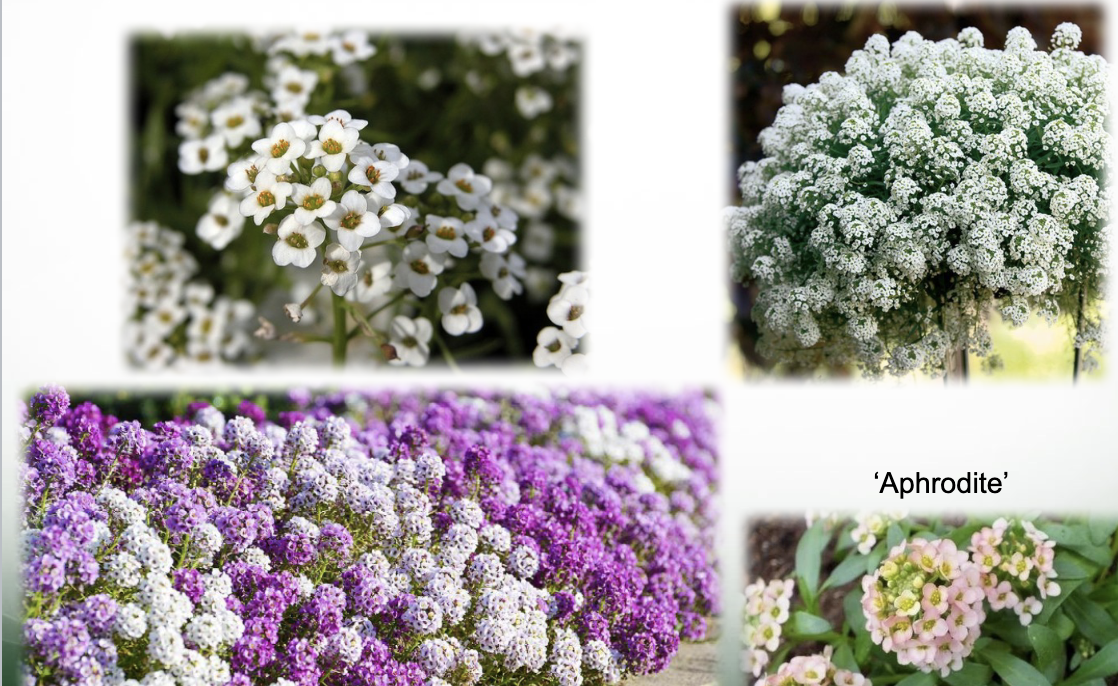
crassulaceae echeveria hybrids echeveria
native to mexico and south america, zones 8-9. striking rosette-shaped foliage that comes in many colors and forms, pollinators, they are easy to grow, drought-tolerant, and require minimal care.
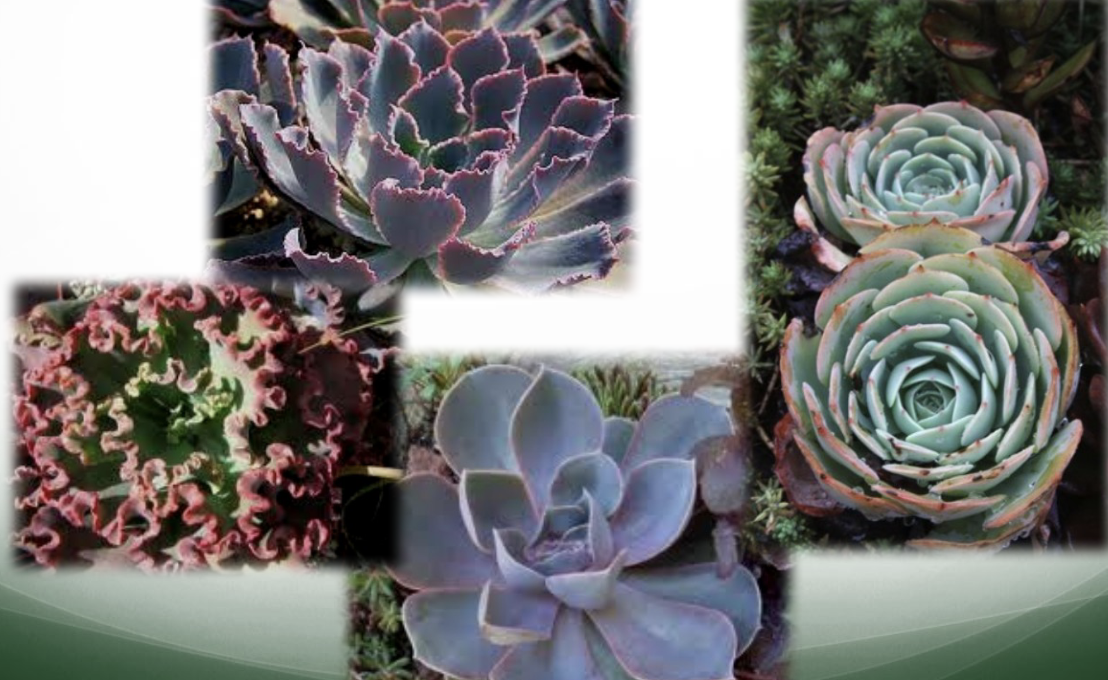
asparagaceae eucomis comosa pineapple lily
native to southern africa, zones 6-9. grown for tropical-looking appearance, easy to grow, pollinators, and serving as long-lasting cut flowers, interesting even when not in bloom. can be grown in containers and in ground.
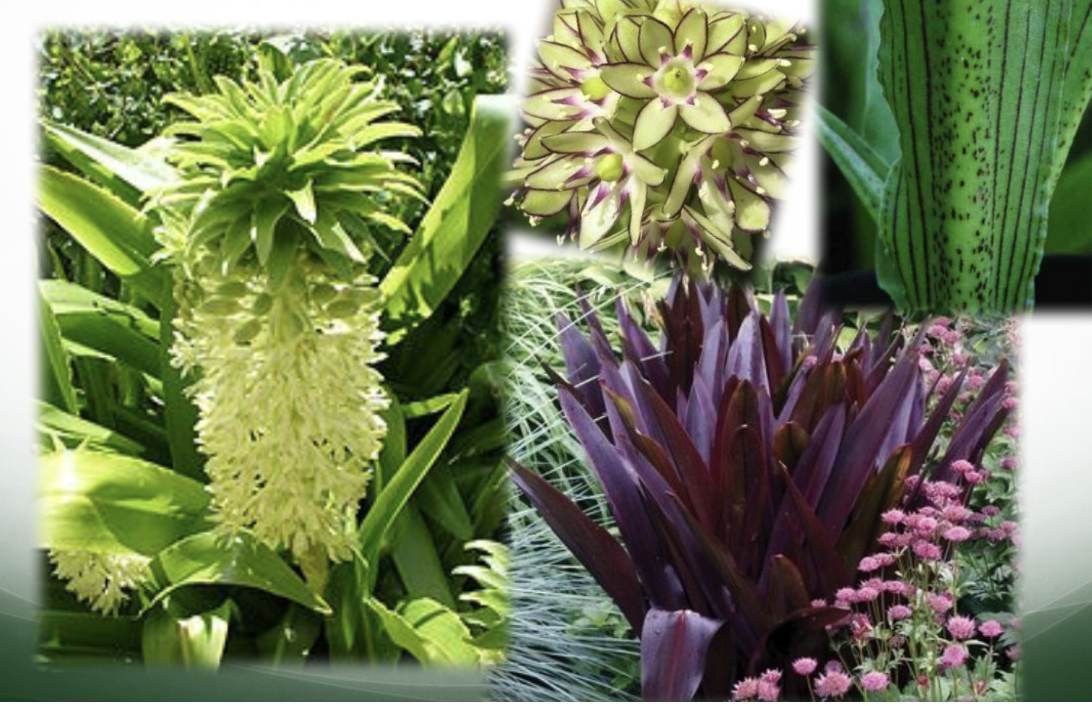
apocynaceae vinca minor common periwinkle
native to europe and western asia, zones 3-8. grown as ground cover, heavy shade tolerance, supress weeds,
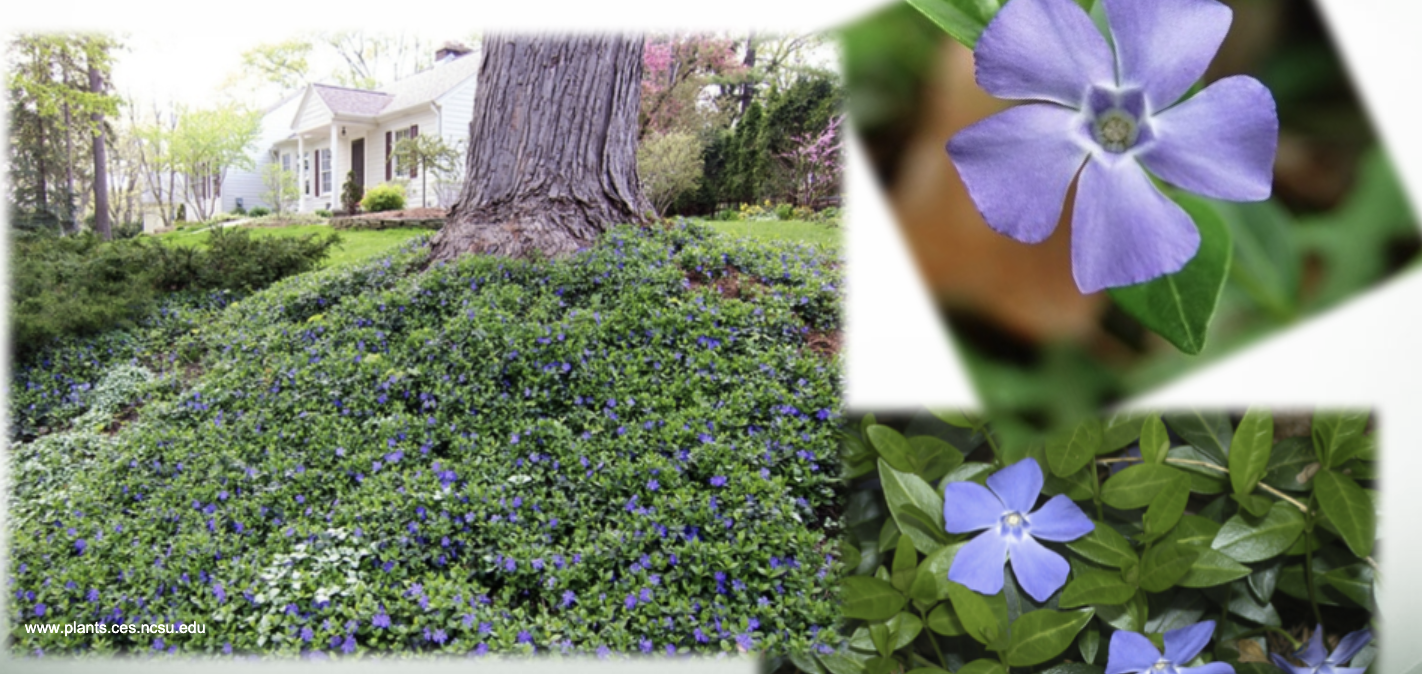
ranunculaceae aquilegia hybrids columbine
native to northern hemisphere, zones 3-8. comes in many colors, pollinators, pretty in cut flowers, full sun to partial shade
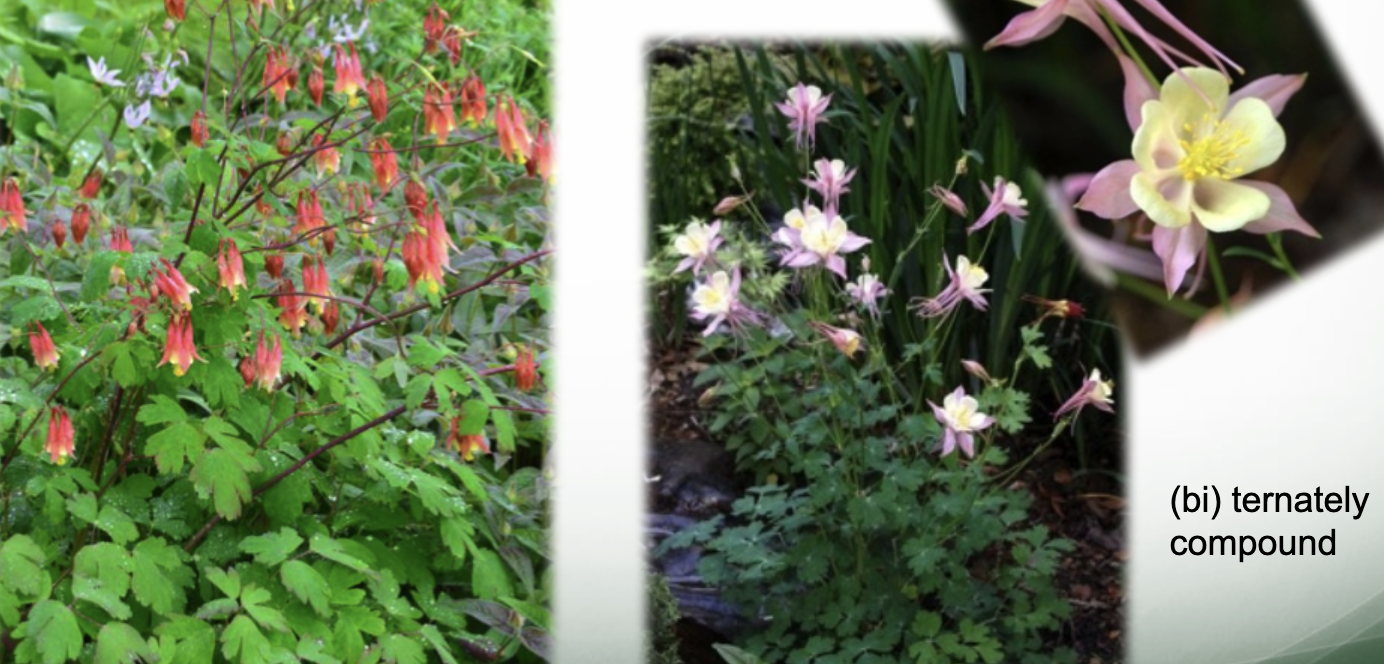
lamiaceae stachys byzantina lambs ear
native to turkey, zones 4-8. grown for ground cover, borders, sensory gardens. unique visual appeal, drought tolerant, attracts pollinators, can be grown in containers and ground
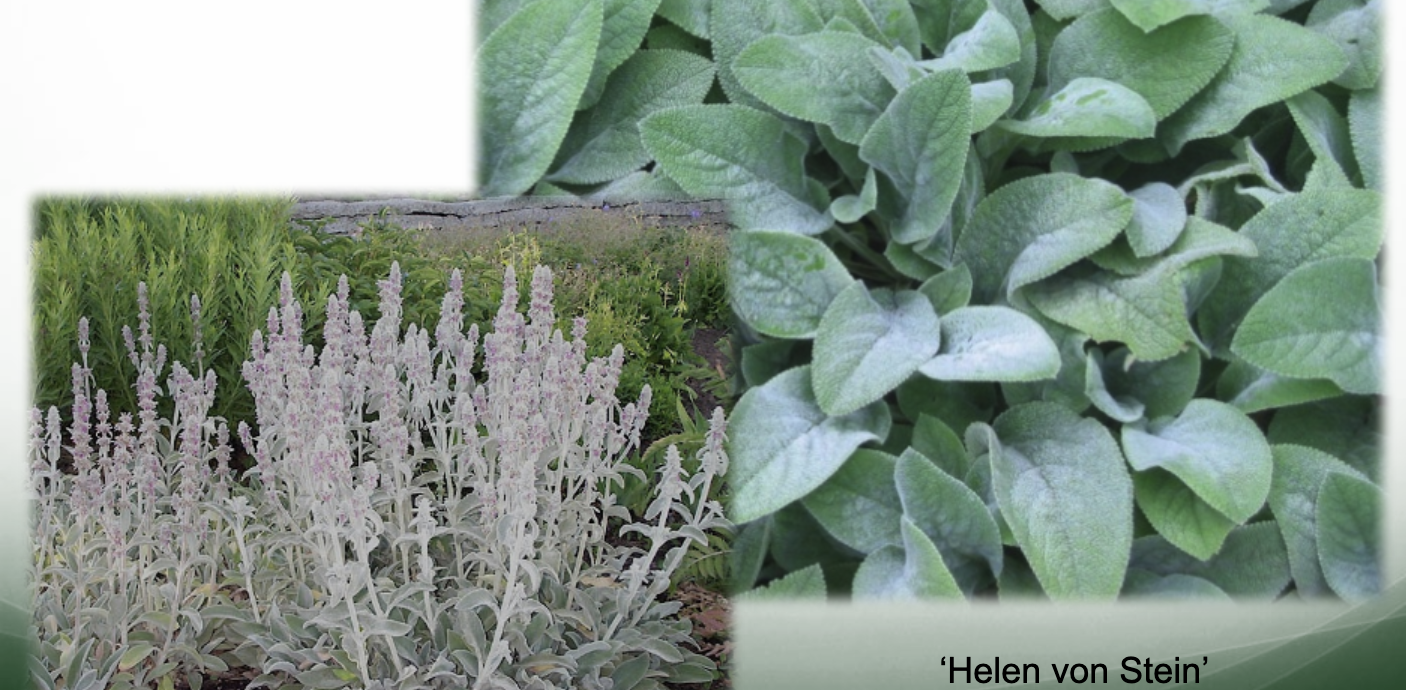
poaceae calamagrostis brachytricha korean feather reed grass
native to asia, zones 4-9. black walnut tolerant. grown for upright form, feathery plume, year round interest, tolerates many conditions, food source for birds
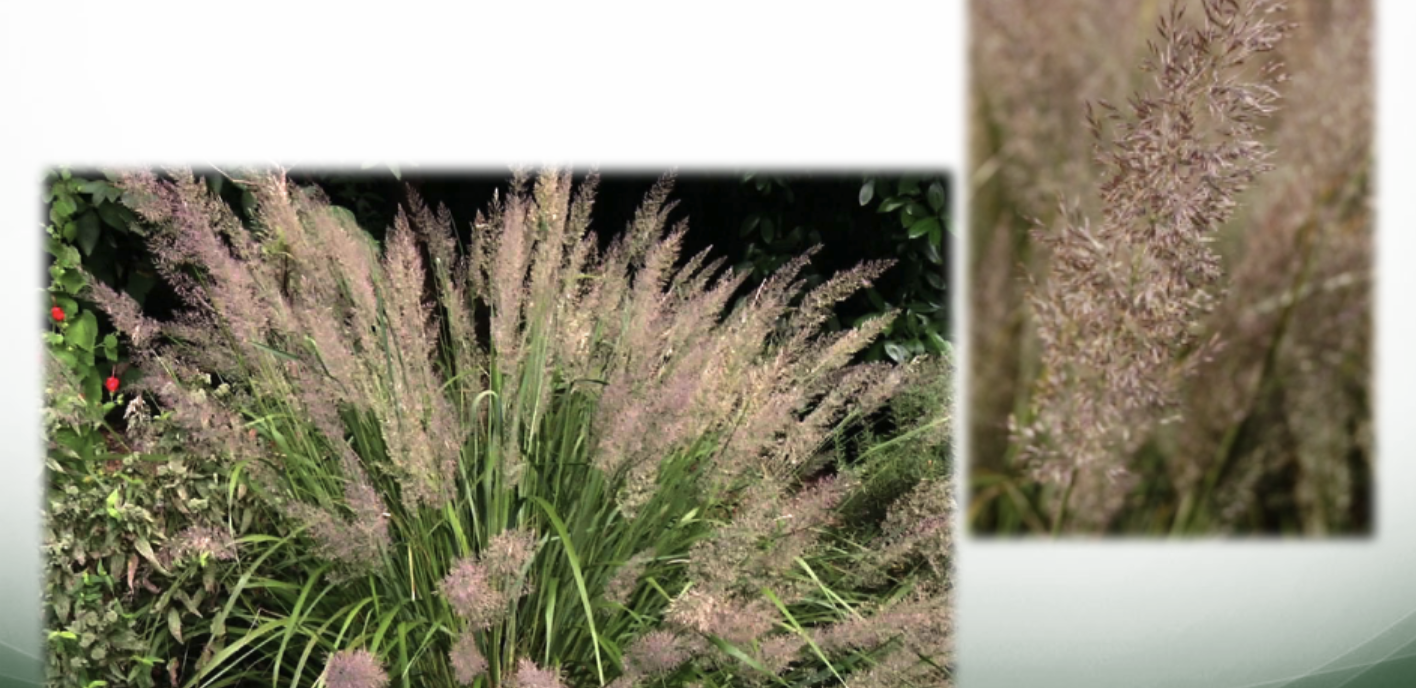
poacece bouteloua gracilis blue grama grass
native to north america, zone 4-9. drought tolerance, lawn alternative, erosion control, native ecosystems
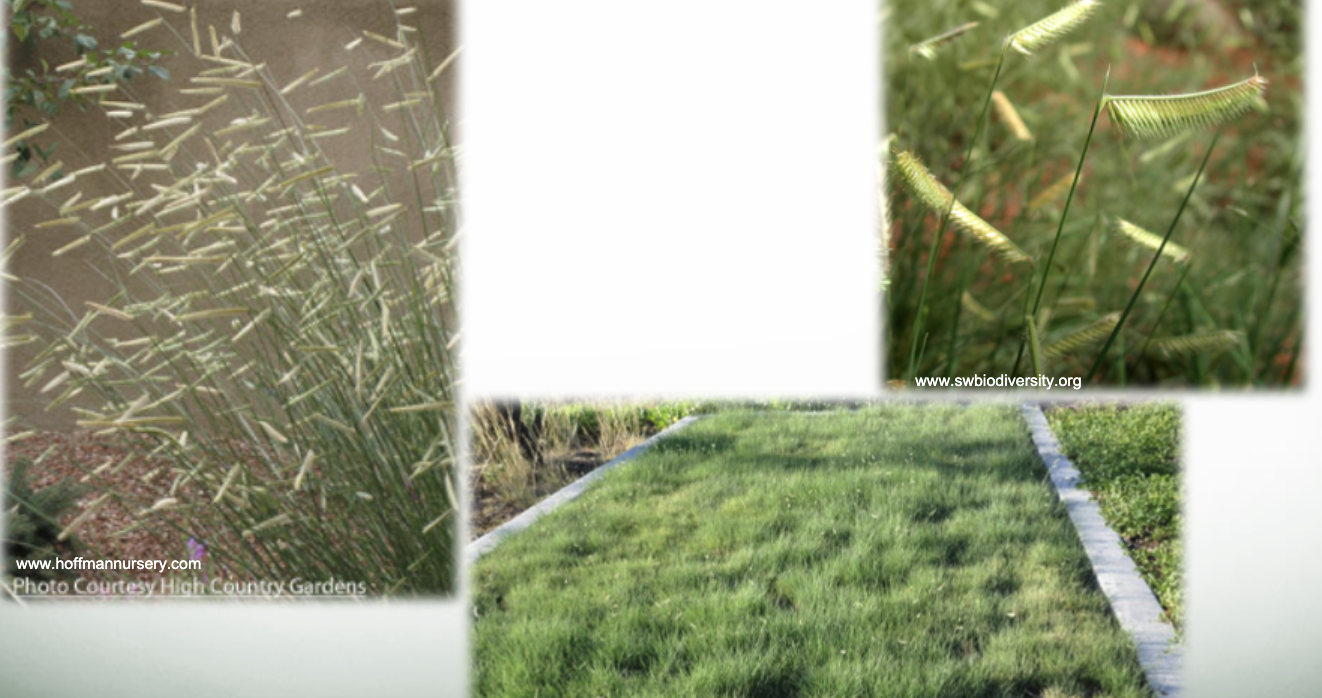
poaceae Calamagrostis xacutiflora ‘Karl Foerster’ karl foerster grassowering plants.
native zone 2-9. black walnut tolerant. grown for massing, vertical accent in the landscape, can have varigated leaves that provide interest, inflorescence changes over the season,
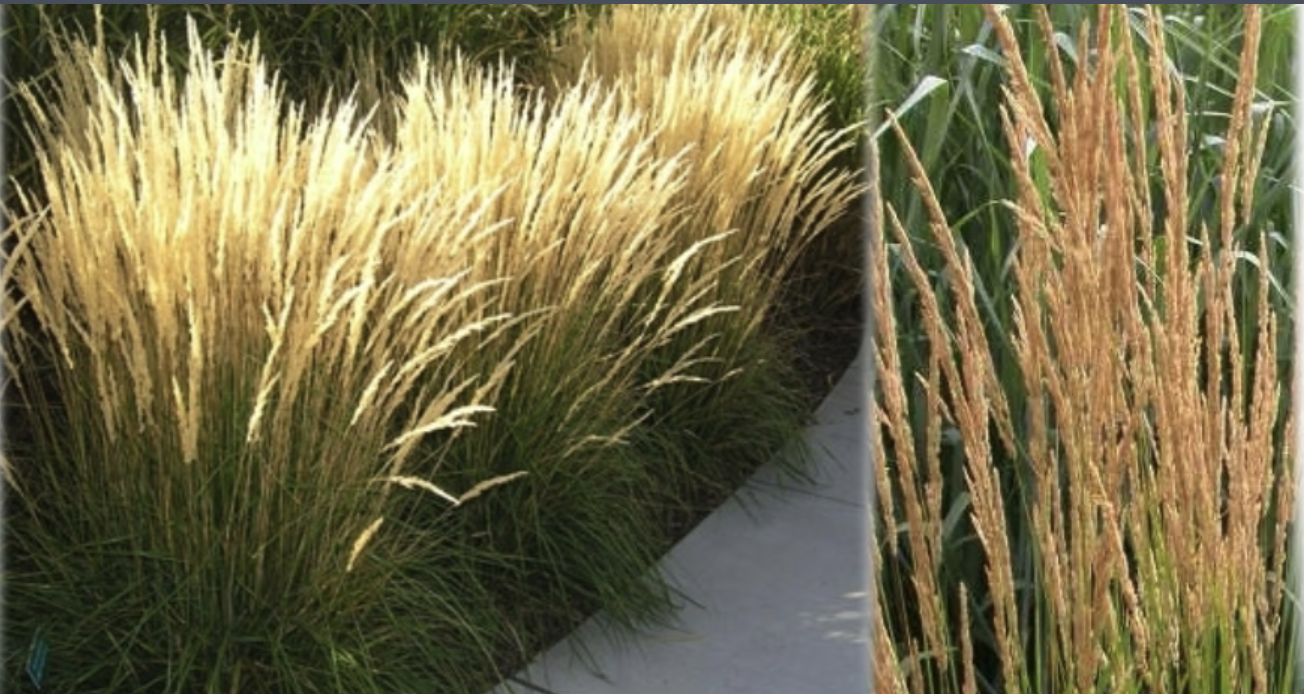
onagraceae zauschneria garettii hummingbird’s trumpet
native to west US, zones 6-10. pollinators, long blooming season, drought and heat tolerant
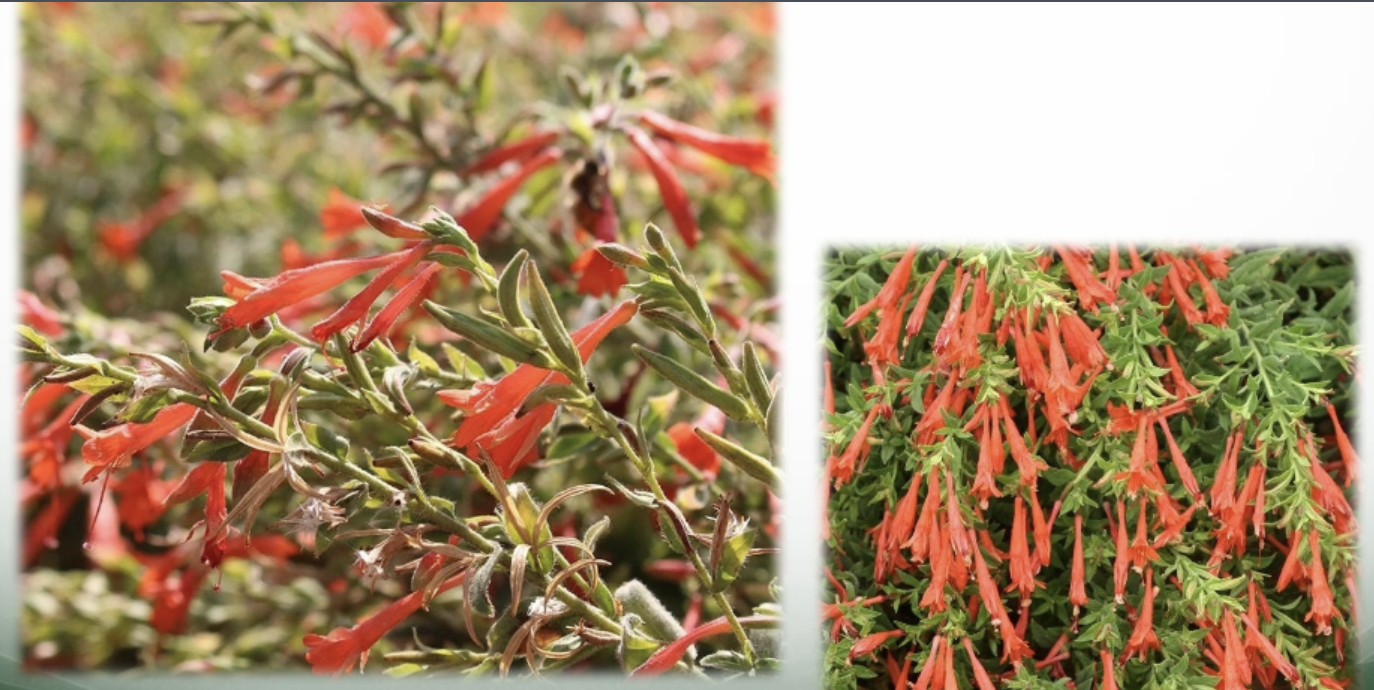
poaceae schizachyrium scoparium little bluestem
native to north america, zones 4-9. grown for ecological restoration, erosion control, wildlife habitat, food source, seasonal color changes, texture interest. black walnut tolerant. can look red, blue, tan
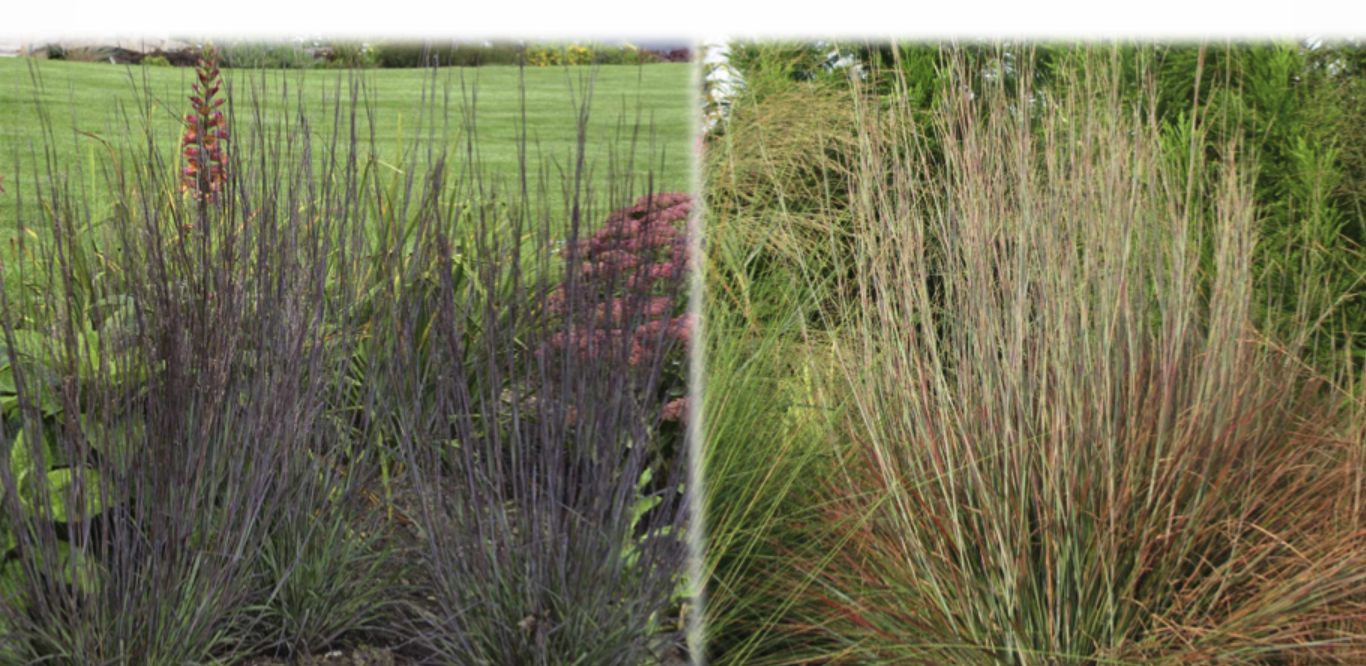
poaceae miscanthus siensis maiden grass
native to east asia, zones 4-9. can be grown very round. 50+ cultivars, some short, some huge. graceful wind appeal, flowers, winter interest, container gardening, massing, hardy
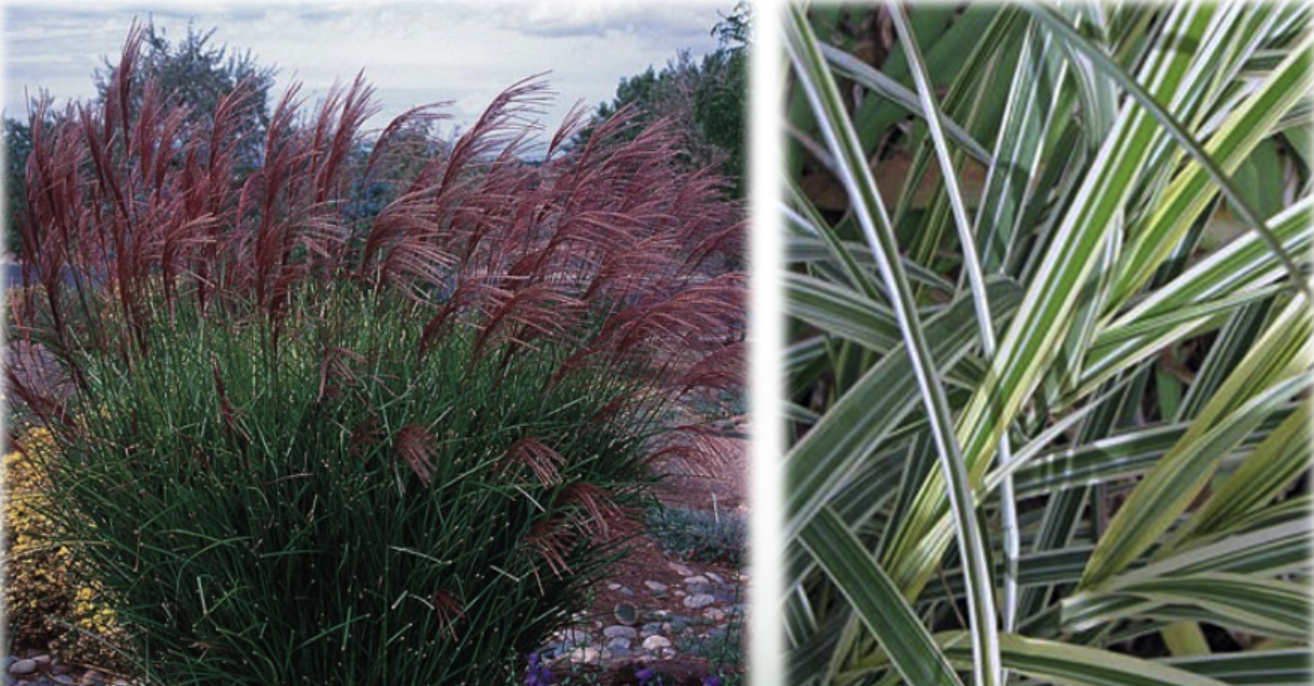
asteraceae solidago species goldenrod
native to north america, zones 2-8. pollinators, medicinal properties, soil stabilization, bright color, hardy
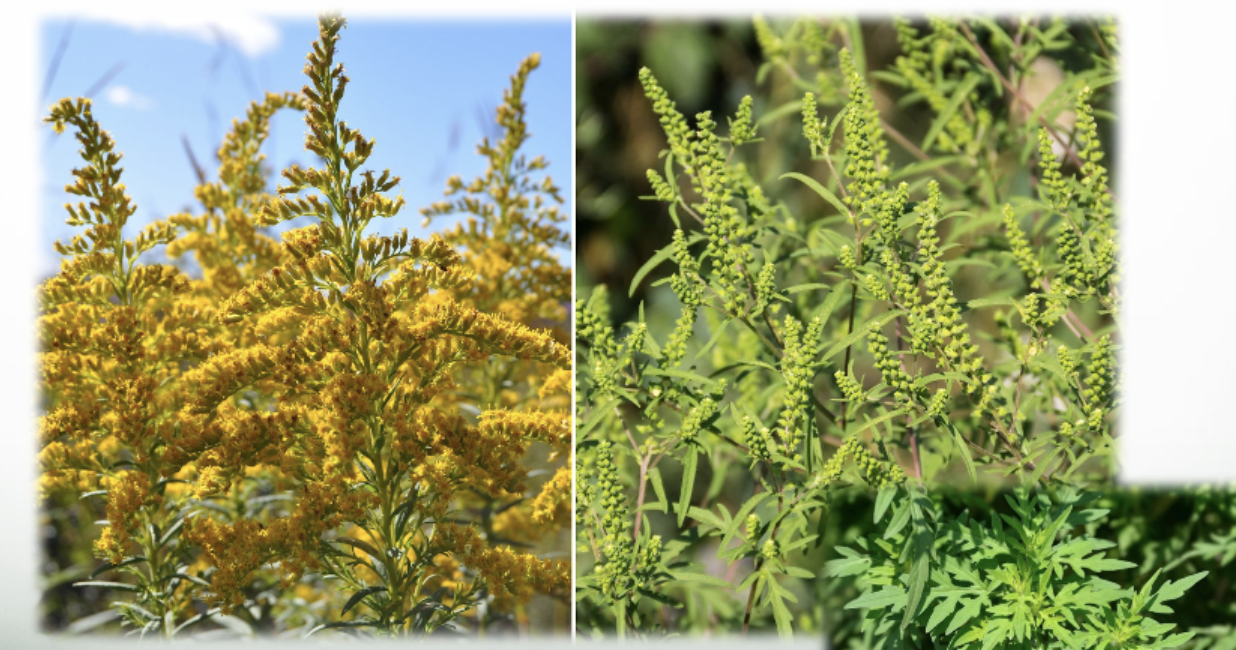
apocynaceae asclepias syriaca common milkweed
native to north america, zones 4-9. pollinators, can be invasive, used as a filler, full sun
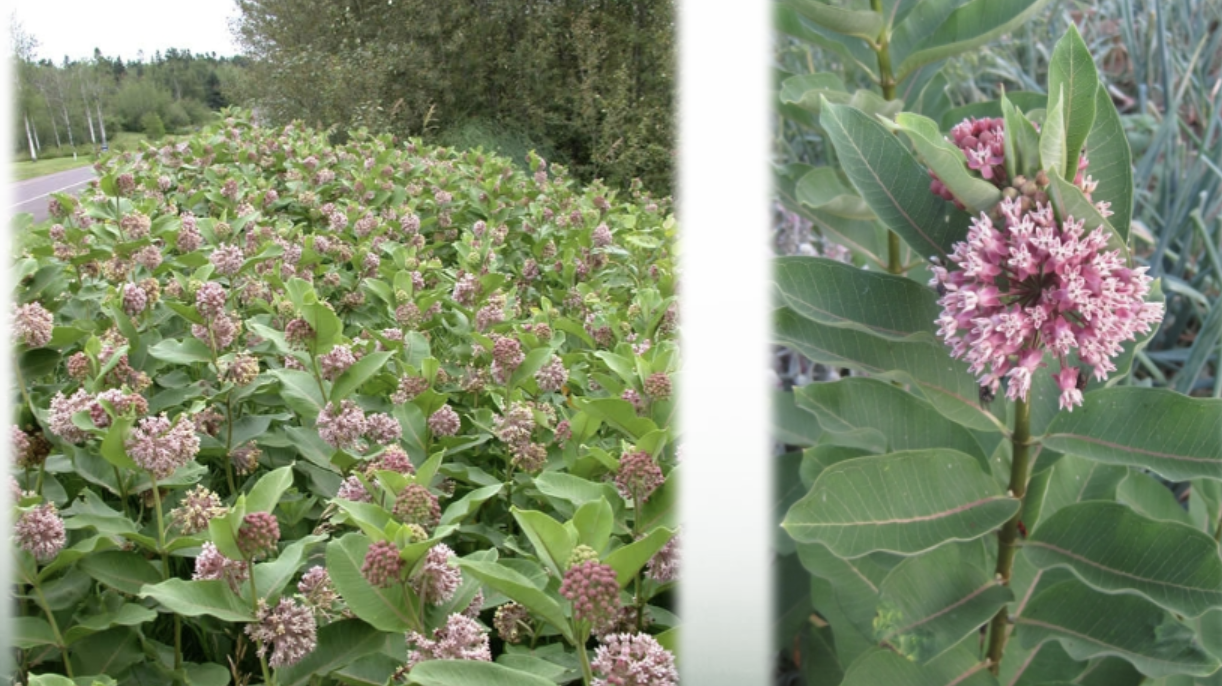
asteraceae cosmos bipinnatus cosmos
native to mexico-brazil, zones 2-11. summer blooms, used in cutting gardens, borders, and for attracting butterflies. full sun and well-drained soil.
